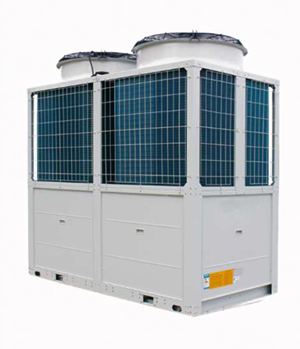Machine tools employ a fluid media called the coolant to keep the job and the tool temperatures under control. Coolants are mainly used to maintain the temperature of cutting tools, tool bits, grinding wheel etc. Having a stable coolant ensures a longer lifespan of the machine tool and keeps the process running smoothly. The coolants, which are either water or oil-based, circulate through the system absorbing all the excess heat along the way The Coolant Chiller works by sucking in the filtered coolant from the system through its inbuilt pump, and cooling it by recirculating it through the chiller circuit. They are compact in design and function without producing much noise. In addition, they also contain special shell and coil heat exchangers, making sure that no blockages restrict the flow of coolant within the machine tool or chiller.

Specifications
- Cooling capacity range : 1.75 kW to 35 kW
- Fluid : Soft Water / water + glycol solution
- Refrigerant : R134a/R407c
- Operating ambient temperature range : +10 to + 50C
- Best fluid outlet temperature : 15degc, At ambient : 35degc & ∆T : 5 Deg C
- Condenser Type : Air-Cooled, Fin & Tube
- Evaporator Type : Shell & Tube Heat Exchanger
- Operating environment : Indoor / Out door - Shelter from rain, dust, insects, humidity, sunlight
- Power supply : 1 PH / 3 PH, 220V / 415 V, AC, 50/60 HZ
- MOC of wetted parts : SS 202 / 304 / 316 / CU
- Fluid loop : Open loop with media tank in the circuit
- Noise level : < 85 db
- Life expectancy : 10-15 years
- Required cooling capacity in kW
- Required / rated flow rate of cooling liquid
- Max liquid leaving temperature from cooling unit, at max ambient temp.
- Increase in liquid temperature at outlet of inverter
- Operating ambient temperature range (+/-)
- Installation site environmental conditions
- Power supply - voltage, frequency, phase.
- Electrical control logic
- Type of configuration for the cooling system
- Acceptance test, applicable standards and certifications






